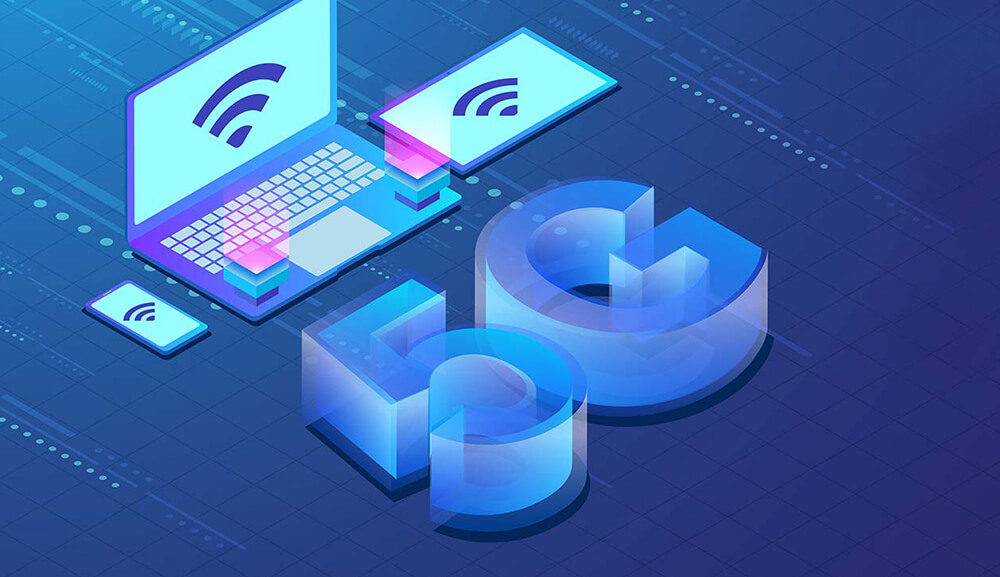5G is the 5th generation of mobile networks that will eventually replace the current 4G. 5G is designed in such a way that it will meet all the needs of modern society.
With 5G, you will see a substantial increase in download and upload speed. There will also be a drastic decrease in the latency of the network and it will decrease to as low as 1-10 milliseconds.
- 5G offers a huge bandwidth and it allows us to transfer large amounts of data.
- 5G also offers very low latency and it responds very quickly, having a latency as low as 1 millisecond.
- With 5G, you will able to connect almost all of the devices such as cards, wearables, homes, industrial devices, etc.
How does 5G work?
5G is different from 4G in the way it operates. 5G operates on 3 different spectrum bands, low-band, mid-band, and high-band.
Low-band Spectrum
The low-band spectrum is the primary band and is also used for the 4G LTE network.
The main advantage of the low-band spectrum is that it covers a vast area and provides greater coverage but its peak speeds are around 100-150 Mbps and that is the biggest drawback of the low-band spectrum.
Mid-band Spectrum
The mid-band spectrum provides speeds that are much faster than low-band, peaking at about 1 Gbps.
It also provides much lower latency but the main drawback is that is unable to penetrate buildings and objects as effectively as low-band spectrum.
High-band Spectrum
The high-band spectrum will be the band that will provide the best performance for 5G networks.
It offers very high speeds, with peak speed reaching unto 10 Gbps and latency as low as 1 millisecond.
The reason why this will be a hurdle is that the coverage area of the high-band spectrum is very low and it covers very less area as compared to the low-band spectrum and along with that the building and object penetration are also very poor.
It may be able to provide very high speeds but is unable to provide coverage to a vast area.

